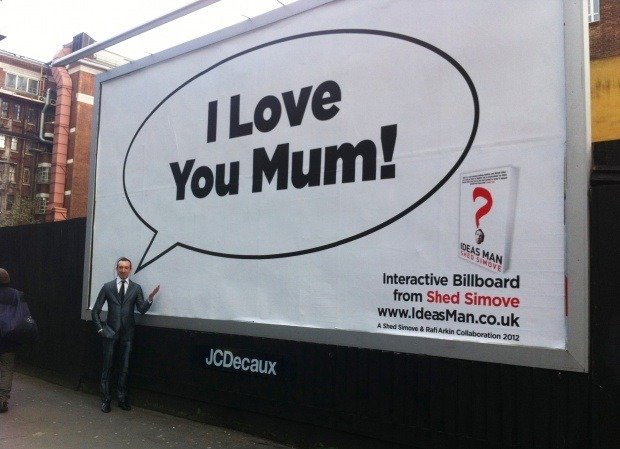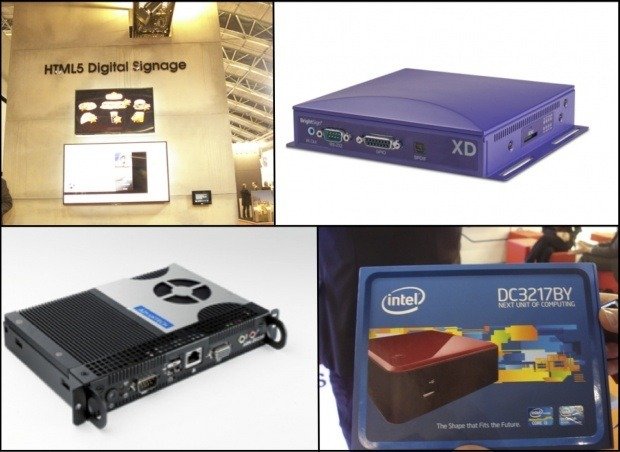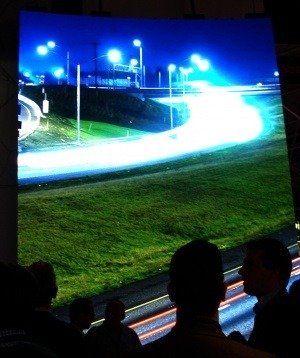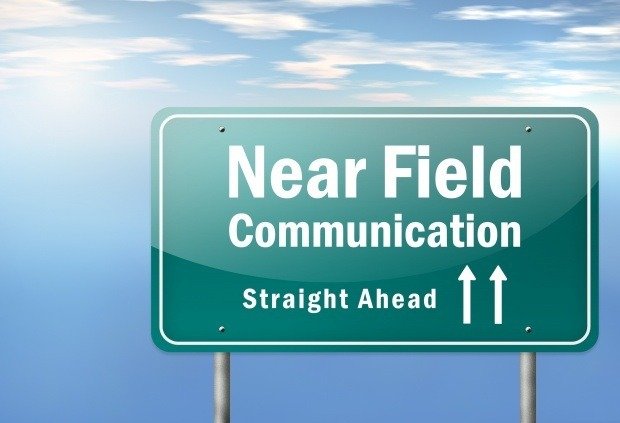The fact that digital brings a plethora of possibilities to out-of-home advertising is one we already know, but 90 percent of OOH advertising is still traditional static posters. So where is it that DOOH is losing out, and what – if anything – can be done to change it?
Mike Baker, chief executive of Outdoor Media Centre, highlights three situations where digital will lose out: “When advertisers don’t want to share the space or location, when there’s no urgency, and when a static paper ad is sufficient for their needs.”
Digital is more expensive to implement and in some instances difficult to install. “If it were cheap enough to purchase and install then it’s conceivable that outdoor might become 100 percent digital,” ventures Steve Cox, director of marketing at JCDecaux Airport. “But that day is a long way off. Some formats are still too technically challenging to realistically install screens – the sides of a bus for example.”
According to Sarah Parkes, Eye’s managing director, location, environment and audience are key factors that will influence the decision of advertisers before they decide whether to use digital or not. “Advertisers will book what’s right for them, rather than setting out specifically to book DOOH. Consequently, if digital and non-digital inventory are available and both fit the brief, the creative will typically dictate which is most likely to be booked. If a non-digital campaign is being booked across a range of other environments then it is easier to avoid having to develop digital creative for one single element of the media schedule. In that instance, it can be more practical to remain with printed billboards.”
 “Digital probably works best in enclosed environments where consumers have some dwell time and are perhaps ‘captive’, with few distractions; transport environments are particularly strong,” adds Cox. “In environments where this isn’t the case – on the side of the road, in corridors – then it might be best to stick with a big iconic static image and not pay out the money needed to install a digital screen. However, as the cost of digital installation comes down, and clients become more willing to run more topical and geographic variation in their copy then we’ll see some of these other areas becoming more appealing for digital development.”
“Digital probably works best in enclosed environments where consumers have some dwell time and are perhaps ‘captive’, with few distractions; transport environments are particularly strong,” adds Cox. “In environments where this isn’t the case – on the side of the road, in corridors – then it might be best to stick with a big iconic static image and not pay out the money needed to install a digital screen. However, as the cost of digital installation comes down, and clients become more willing to run more topical and geographic variation in their copy then we’ll see some of these other areas becoming more appealing for digital development.”
Florian Maas, chief operating office at Neo Advertising, agrees that the best locations are those where people are waiting, such as airports, subways or exhibition centres. But sometimes digital will be conditioned by local laws: “In France and in Switzerland you cannot implement digital panels in streets. Local authorities are frightened that drivers will get distracted. Apart from this, in general DOOH can be implemented everywhere and could replace traditional billboards.”
Baker makes an interesting point: “There are some sites which would not make sense to convert, because you couldn’t recoup your investment quickly enough. It’s like scrolling technology: the sites you converted first were the ones you could sell multiple times over because they were at important road junctions, transport hubs or other key locations.”
Richard Malton from Ocean Outdoor notes that in some cases, digital is the top option. “We work in big metropolises with our giant portrait screens,” he says. Ocean Outdoor’s business is 80 percent digital and the company has specifically targeted areas where its large-scale digital posters work best. It has 35 locations, in key cities such as London, Liverpool, Manchester, Birmingham and Leeds, which will be launched in early April, with Glasgow coming soon.
“It doesn’t mean that digital will take over,” Malton points out. “Traditional will always have a place in the media plan in terms of site and scale. Digital has a higher cost. If your location is not good, you will lose money. With traditional OOH you might have got away with it; with digital you won’t.”
 This is why solutions such as Neo Advertising’s ‘Branding Zone’ is becoming more common. Maas explains: “We mix a wall wrap with screens. We sell the space for a long-term campaign and it allows one advertiser to dominate completely one location.” JCDecaux also implements this kind of campaign at Euston station.
This is why solutions such as Neo Advertising’s ‘Branding Zone’ is becoming more common. Maas explains: “We mix a wall wrap with screens. We sell the space for a long-term campaign and it allows one advertiser to dominate completely one location.” JCDecaux also implements this kind of campaign at Euston station.
As Malton points out: “It’s not about sticking up a poster; it is about providing a fully integrated out-of-home experience.”
“We are not in the forecasting business, but if at the end of 2013, digital turned out to be 20 percent of the total OOH, I would not be that surprised,” Baker concludes. “30 percent by 2015 and after that, probably a slower growth.”
First published on Output Magazine









